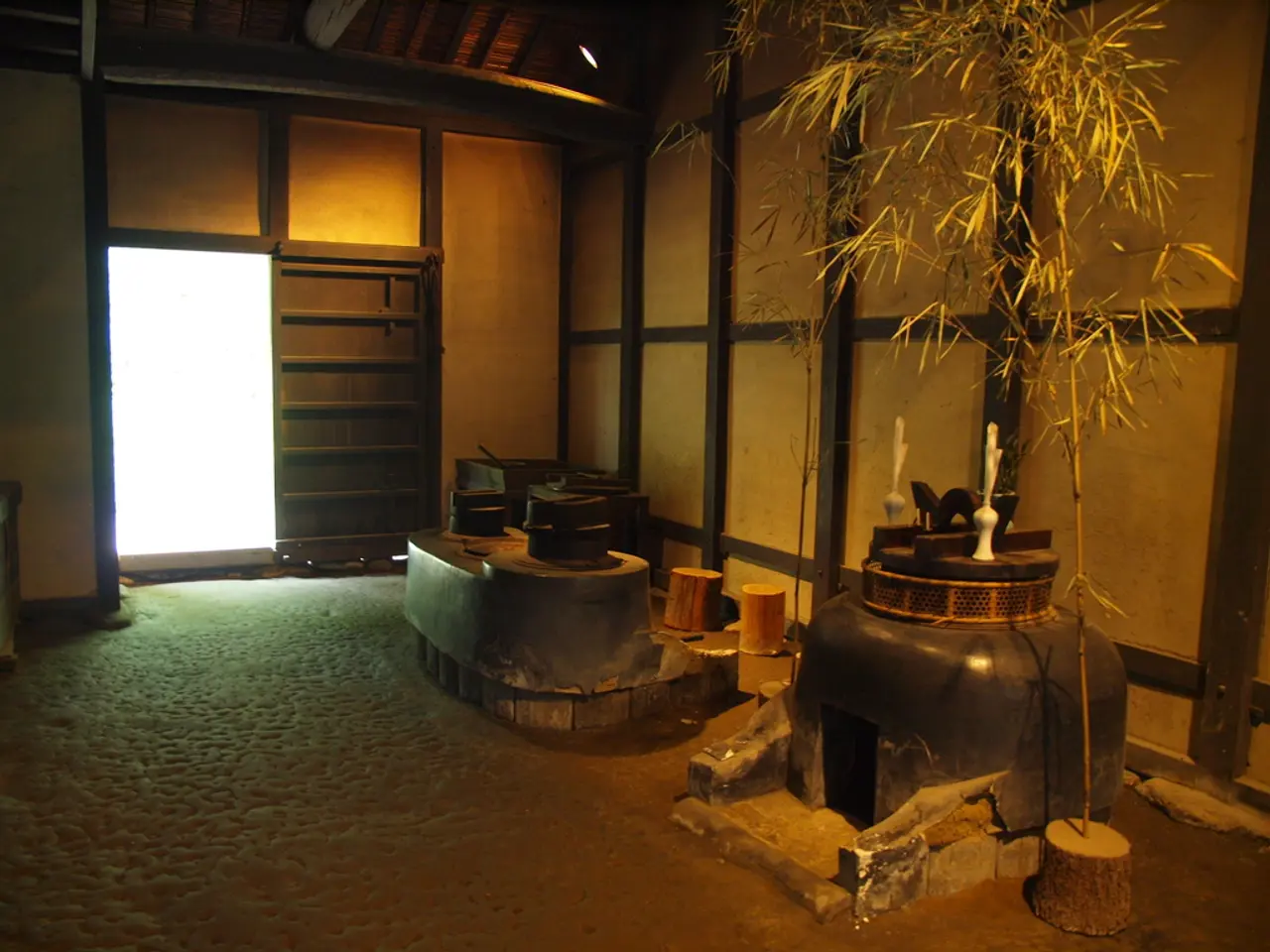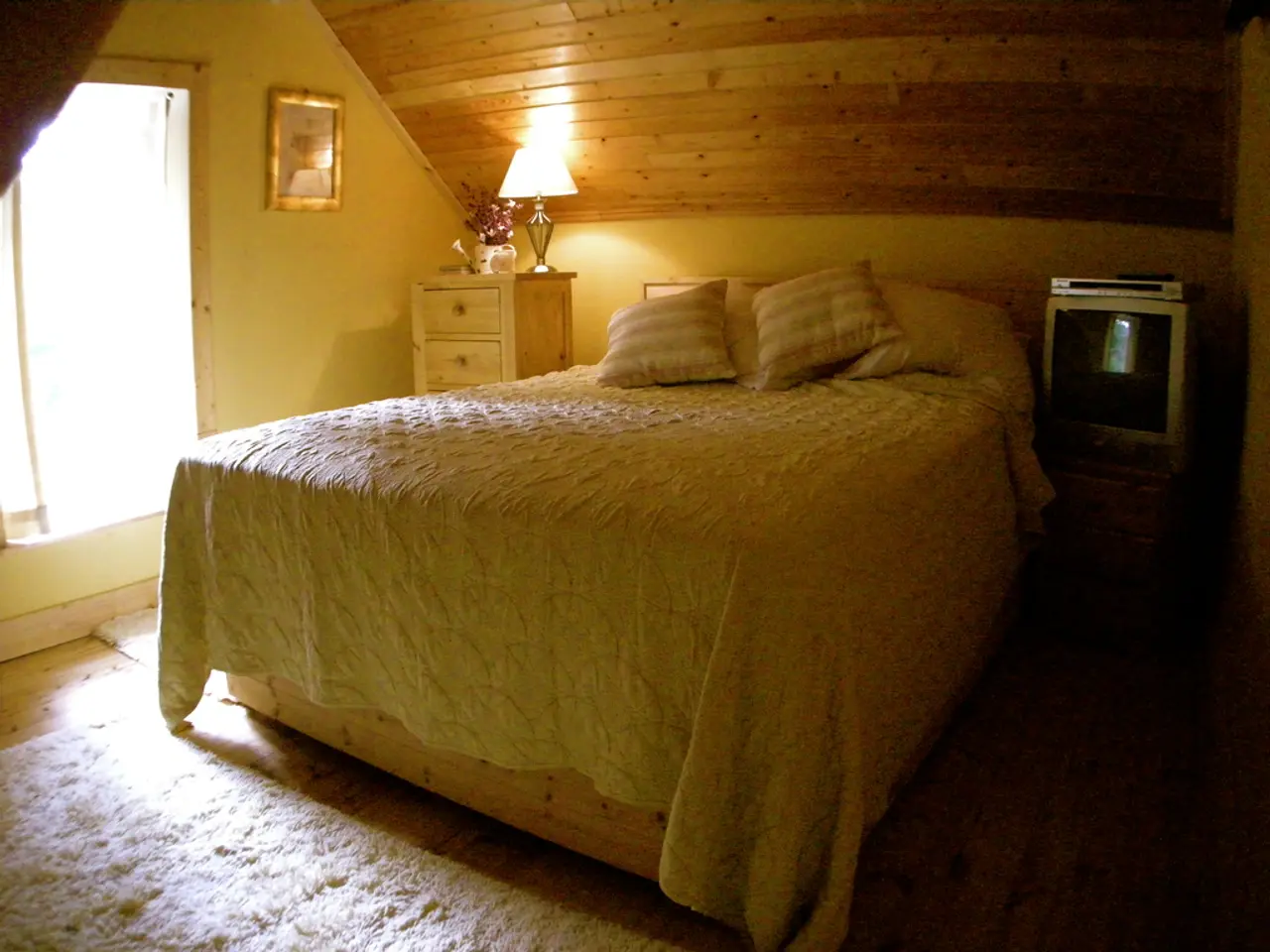Pondering a stone house overhaul? These 5 crucial aspects are vital for a successful remodel.
Renovating a historic stone house is an exciting yet challenging endeavour that requires careful consideration and a delicate balance between improving insulation and thermal performance, integrating modern services, and preserving the unique character features that define its heritage. Here are key considerations and best practices:
### 1. Insulation and Thermal Performance
To ensure a comfortable living environment while maintaining the historic fabric, high-performance insulation should be applied on the exterior side of the stone walls rather than relying solely on interior drywall insulation. This approach minimizes thermal bridging and preserves interior character features without encroaching on room space. Additionally, an insulated cladding system can contribute to overall energy efficiency, while radiant heating systems underneath stone floors can enhance comfort without altering the house’s historic fabric.
### 2. Service Integration (Electrical, Plumbing, HVAC)
Modernizing electrical, plumbing, and HVAC systems in a historic stone house should be done in a way that limits damage to historic elements. Expert planning and specialist input are crucial to optimize functionality while protecting historic integrity. Non-invasive methods should be employed to avoid disturbing original wood moldings, plaster medallions, or period flooring.
### 3. Preserving Character Features
Retaining and highlighting original details such as arches, mantels, deep window sills, and fireplaces with rough stone and deep joints reinforce the hand-built character of the house. If window replacement is necessary, period-accurate, architecturally appropriate windows should be chosen to maintain historical value and aesthetic. Materials and finishes should be sourced from salvage yards or craftspeople specializing in vintage materials to match original features authentically. Layered lighting strategies can bring out the texture of stone walls and create a warm, inviting atmosphere.
### Additional Tips
Respecting stone’s natural qualities, performing thorough structural assessments, and using modern restoration technologies can help ensure long-term preservation of the historic stone house. Temporary works may be needed to ensure the structure is sound while it's being worked on. When opening up a fireplace, always consult an experienced contractor, as the load paths may have changed over time.
By integrating these strategies, you can successfully renovate a historic stone house that is comfortable and energy-efficient while honoring its original character and craftsmanship.
When embarking on a stone house renovation project, it's essential to understand the property's construction method, whether it's an historic building (built pre-1919 with solid wall construction and without a damp-proof course) or a modern building (with a cavity wall). Consulting a structural engineer experienced with stone buildings is important before making any alterations.
In areas of limestone, such as the Cotswolds, it's worth asking stonemasons or main contractors to prepare lime mortar sample walls. Lime mortar is traditionally used for repointing historic buildings, but cement can cause issues in older stone properties. Conservation officers will want details of the pointing mix and may want to see a sample panel to approve the colour and style of pointing.
Listed buildings require listed building consent for any repointing work that goes beyond a small patch repair. The viability and cost of alterations depend on the individual building, its condition, and construction method. Following advice in buying a property to renovate can help avoid purchasing a house that's hiding too many secrets.
In conclusion, renovating a historic stone house is a rewarding project that requires careful planning and a thoughtful approach. By considering the tips outlined above, you can create a comfortable, energy-efficient home that honours its unique character and heritage.
- To create a comfortable living environment in a historic stone house, high-performance insulation should be applied to the exterior walls, rather than relying on interior insulation alone.
- In modernizing a historic stone house, it's crucial to limit damage to historic elements, so expert planning and specialist input are essential.
- Retaining original details like arches, mantels, deep window sills, and fireplaces enhances the hand-built character of the house.
- If window replacement is necessary, period-accurate, architecturally appropriate windows should be chosen to maintain historical value.
- Materials and finishes should be sourced from salvage yards or craftspeople specializing in vintage materials to match original features.
- Layered lighting strategies can bring out the texture of stone walls and create a warm, inviting atmosphere.
- Respecting stone’s natural qualities, performing thorough structural assessments, and using modern restoration technologies can help ensure long-term preservation of the historic stone house.
- Temporary works may be required to ensure the structure is sound during renovation.
- When opening up a fireplace, consulting an experienced contractor is advisable, as changes in load paths over time may be present.
- Consulting a structural engineer experienced with stone buildings is important before making any alterations, especially when dealing with historic buildings built pre-1919 with solid wall construction and without a damp-proof course.
- In areas of limestone, like the Cotswolds, using lime mortar for repointing instead of cement is traditional and preferred by conservation officers.




